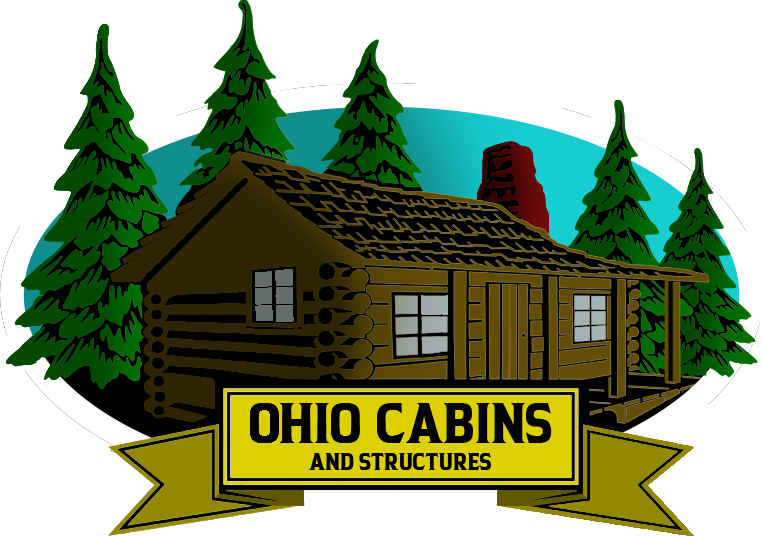In the world of rustic getaways and tranquil retreats, two words often stand out prominently: “cottage” and “cabin.” While they both invoke images of coziness and solitude, there’s a subtle but distinct difference between the two. Each possesses its unique charm and character, offering a variety of experiences to those who seek refuge in nature or the countryside.
This detailed article aims to unravel the nuanced disparities between cottages and cabins. By delving into their architectural styles, settings, layouts, seasonal suitability, ambiance, regional variations, and more, we’ll provide you with a comprehensive understanding of what sets these rustic abodes apart. Whether you’re contemplating a vacation rental or a dream home, understanding these distinctions will help you make an informed choice, ensuring that your next retreat aligns perfectly with your vision of a rustic haven. So, let’s embark on this journey to explore the delightful differences between cottages and cabins.
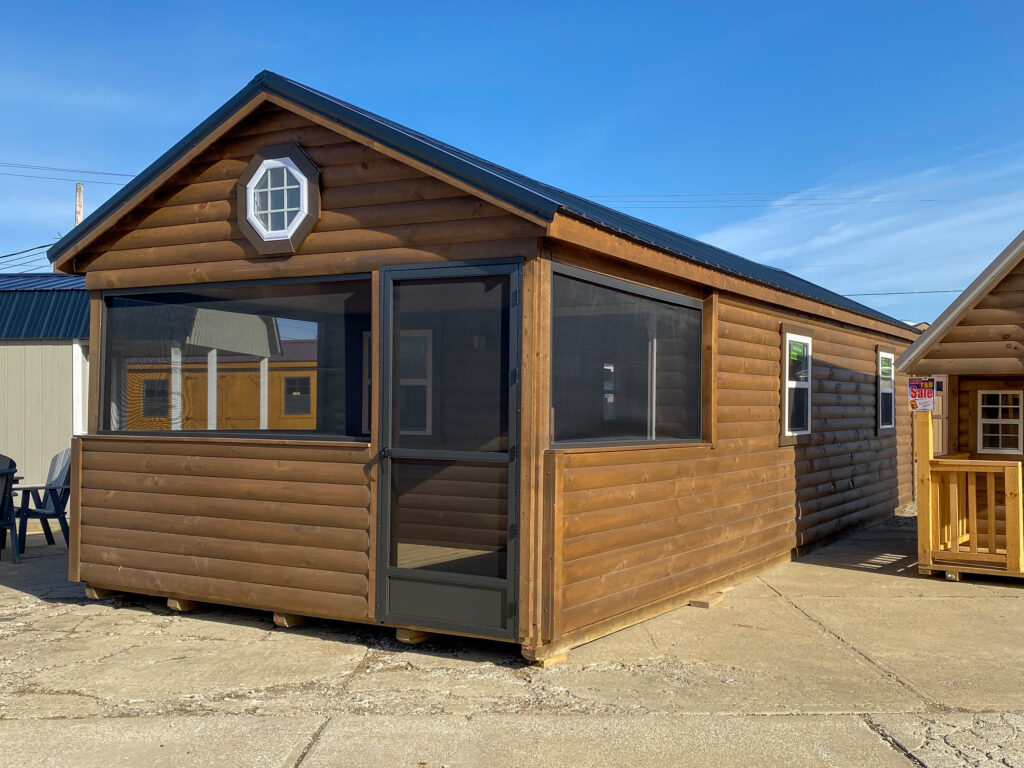
1. Architectural Style
Cottage:
- Characteristics: Cottages typically feature a quaint, cozy, and often picturesque architectural style. They are known for their charm, with features like sloping roofs, dormer windows, and inviting porches. Cottages often blend seamlessly with their natural surroundings.
- Materials: Cottages are commonly constructed using a variety of materials, including wood, stone, and brick. The choice of materials can vary greatly depending on the regional and architectural styles.
Cabin:
- Characteristics: Cabins, on the other hand, tend to exhibit a simpler and more rustic architectural style. They often have a rugged appearance, with prominent log or timber construction. Cabins frequently embrace a more minimalist design and are well-suited to remote or wilderness locations.
- Materials: Cabins are typically built using logs, timber, or other natural materials, which contribute to their rugged and earthy appearance.
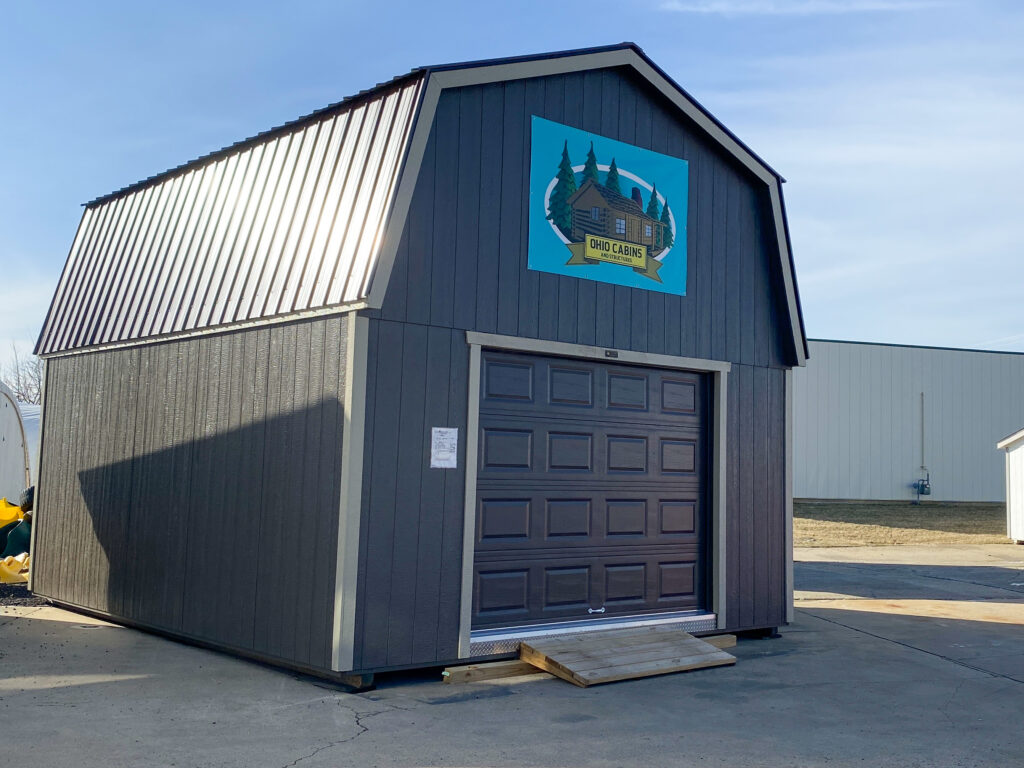
2. Location and Setting
Cottage:
- Location: Cottages are often associated with coastal or lakeside settings, countryside landscapes, or even suburban neighborhoods. They are frequently found in areas where the focus is on relaxation, tranquility, and enjoying natural beauty.
- Setting: Cottages are designed to complement their surroundings and may feature well-tended gardens, flower beds, and manicured lawns. They are often integrated into established communities.
Cabin:
- Location: Cabins are commonly situated in more remote and secluded locations, such as forests, mountains, or along rivers and lakes. They are favored by those seeking a deeper connection with nature and the tranquility of wilderness.
- Setting: Cabins often have a more rugged and natural setting. While landscaping may be present, it is typically less manicured than that of cottages. Cabins frequently offer direct access to outdoor activities like hiking, fishing, and wildlife observation.
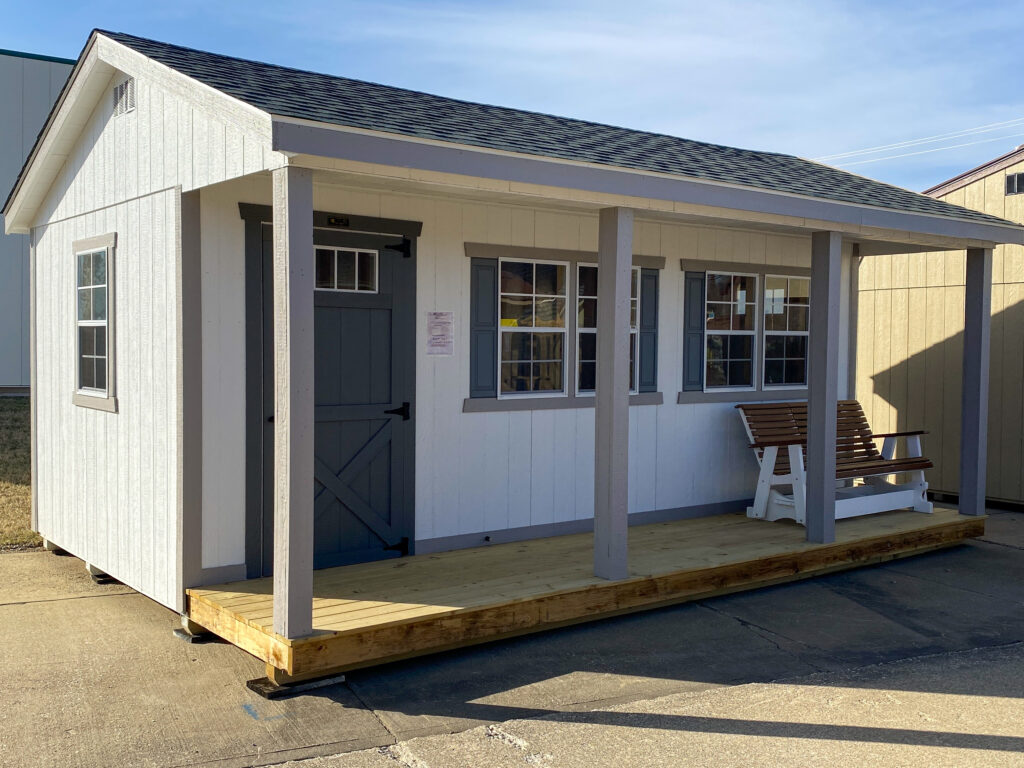
3. Size and Layout
Cottage:
- Size: Cottages vary in size, ranging from small and cozy to larger family-oriented dwellings. They can accommodate a wide range of floor plans and layouts.
- Layout: Cottages may have multiple rooms and amenities, including kitchens, dining areas, and living spaces. They are designed for comfort and are well-suited to year-round living.
Cabin:
- Size: Cabins often tend to be more compact and intimate. They are designed to prioritize functionality and efficiency, making the most of the available space.
- Layout: Cabins may have a simpler layout with open living areas and fewer rooms. They are often seen as seasonal or vacation homes, though some can serve as year-round residences.
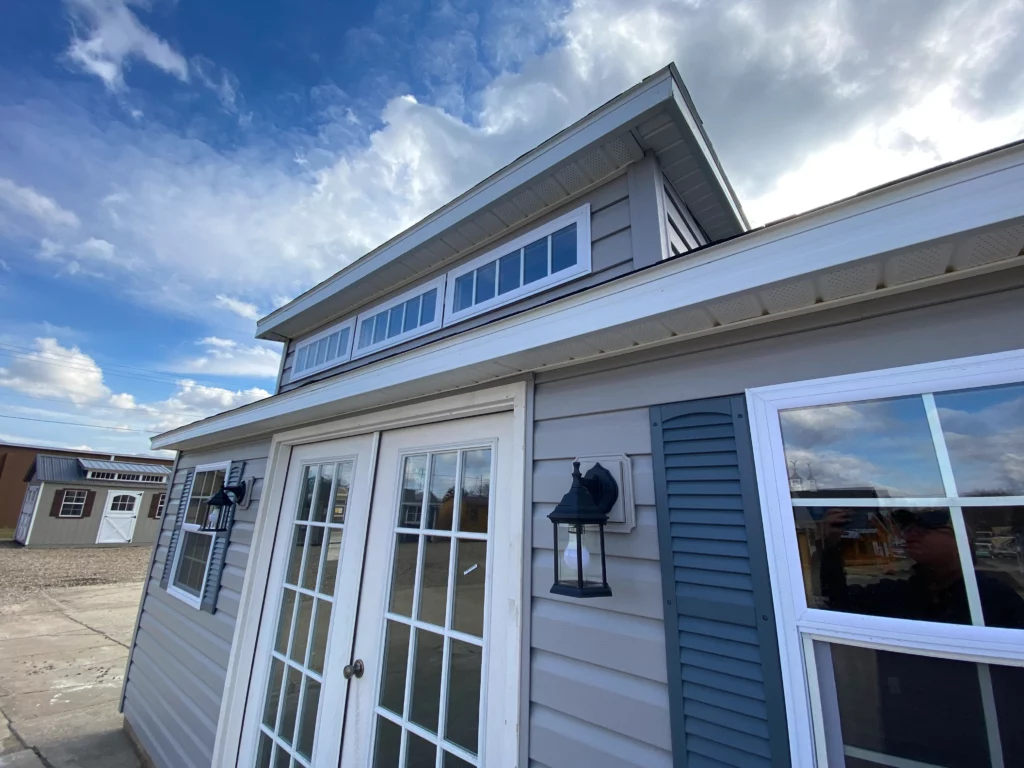
4. Seasonality and Usage
Cottage:
- Year-Round Use: Cottages are often designed for year-round living, offering the comforts needed for all seasons. They may include features like central heating, insulation, and modern plumbing.
Cabin:
- Seasonal Use: Cabins are frequently considered seasonal or vacation homes, designed for use during specific times of the year, such as summer or winter getaways. They may have wood-burning stoves or fireplaces for heating.
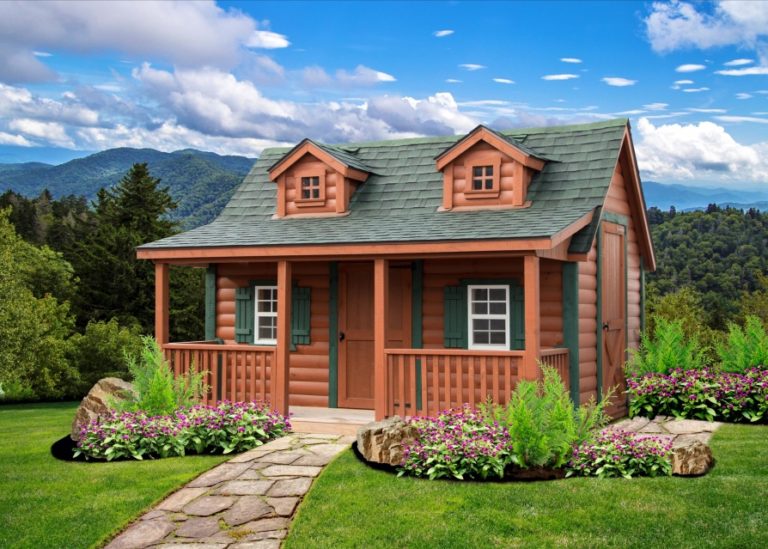

5. Atmosphere and Ambiance
Cottage:
- Ambiance: Cottages exude a welcoming and homey ambiance. They are often associated with a relaxed, family-friendly atmosphere, making them suitable for gatherings and socializing.
Cabin:
- Ambiance: Cabins offer a cozier and more intimate ambiance. They tend to emphasize solitude, tranquility, and a deep connection with the natural world. Cabins are well-suited for those seeking a retreat from the noise and distractions of urban life.
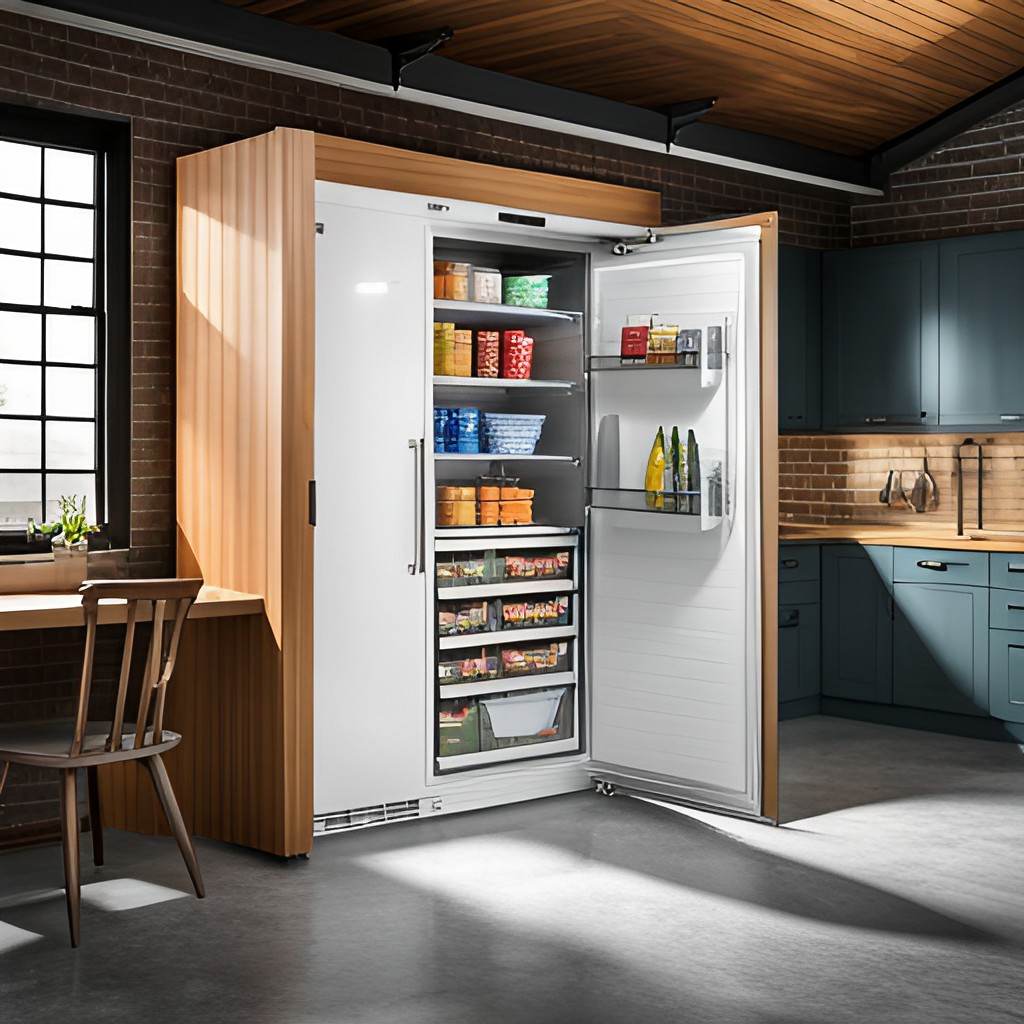
6. Regional Variations
Both cottages and cabins can exhibit regional variations in design and construction. For example:
- In New England, you might find charming coastal cottages with shingle siding and wraparound porches.
- In the Pacific Northwest, cabins may showcase striking timber construction and large windows to take in mountain views.
- In the Midwest, cottages and cabins often emphasize cozy interiors and proximity to lakes and forests.
Conclusion: Choosing Your Rustic Retreat
Whether you’re drawn to the cozy charm of a cottage or the rugged simplicity of a cabin, both offer unique opportunities to connect with nature, relax, and create lasting memories. The choice between a cottage and a cabin ultimately comes down to your personal preferences, lifestyle, and the kind of retreat you envision. Whether you seek the tranquility of a lakeside cottage or the solitude of a mountain cabin, both of these rustic abodes have something special to offer.
